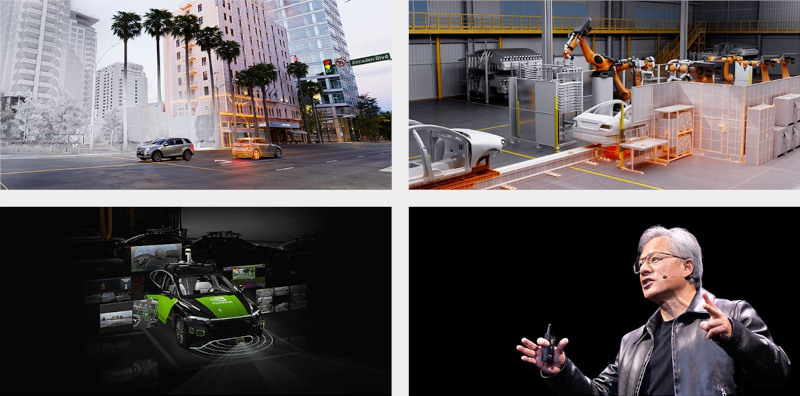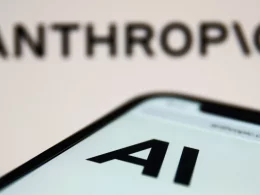At the Stanford Institute for Economic Policy Research (SIEPR) Economic Summit, Jensen Huang, CEO of Nvidia, a leading company in artificial intelligence (AI) hardware, noted that Nvidia’s product quality and value are unparalleled. According to Huang, even if competitors were to offer their chips for free, they would still be unable to compete with Nvidia’s high-quality, albeit expensive, alternatives.
Nvidia, ranked third globally in terms of market capitalization at $2.19 trillion, dominates the advanced AI hardware sector. Not only has this lifted Huang to 20th place in Bloomberg’s billionaires index with a $77.2 billion fortune, but it underscores Nvidia’s status as a key market player.
In a discussion with Stanford University economics professor John Shoven, Huang acknowledged the unprecedented level of competition Nvidia faces, grappling not only with direct rivals but also with clients using Nvidia’s products to develop their solutions. Despite this, the company adheres to an “open book” policy, collaborating with almost all industry participants and sharing information about their current and future chip projects.
However, concerns about this openness have surfaced. Last month, Groq, a startup creating AI chips for use in large language models (LLM), noted that Nvidia’s clients have to conceal dealings with rival AI accelerator providers to prevent potential Nvidia supply delays. This alleged tactic is presented as punitive action by Nvidia. On a related note, former AMD Vice President Scott Herkelman described Nvidia as a “GPU manufacturer cartel,” controlling the entire market supply. These allegations raise questions about Nvidia’s true openness in its collaboration with industry counterparts and the methods it employs to maintain market dominance in AI hardware.

Speaking about Nvidia’s AI accelerators’ pricing and whether competitors offer better value, Huang argued that price is a consideration only for those who buy and sell chips. Those running data centers think about total cost of ownership (TCO). The CEO added that Nvidia’s chips demonstrate strong direct and indirect cost factors, such as deployment time, performance, utilization, and flexibility. According to Huang, the total cost of owning Nvidia cards is so impressive that even if competitors were giving away their chips for free, Nvidia’s products would still be cheaper.





